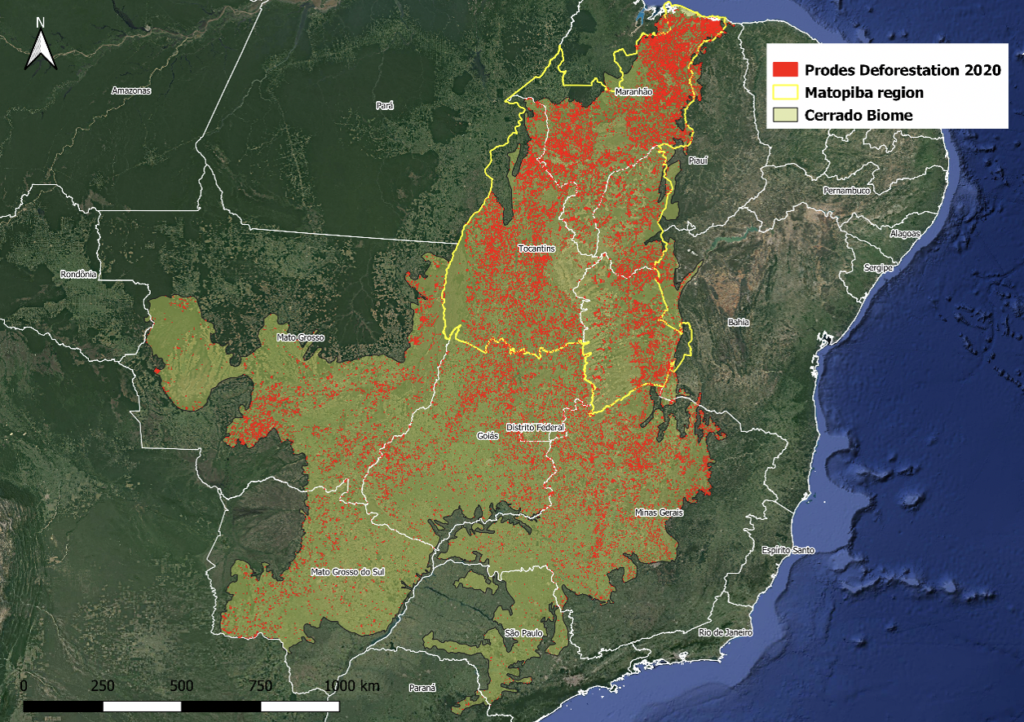Brazil’s Cerrado, the world’s most diverse savanna, covers 24% of the country and exists in 11 states.
Experts say that export-focused agriculture threatens this region. Most forest loss in the Cerrado happens in Matopiba, an area spanning four states.
A study reveals that 85% of forest loss in the Cerrado from January to July took place in Matopiba. Researcher Patricia da Silva labels the Cerrado a “sacrifice zone.”
While the Cerrado nourishes eight major Brazilian rivers, it gains less attention than the Amazon.
Deforestation in the Amazon fell 42.5% in the year’s first seven months. However, it increased by 21.7% in the Cerrado during the same period.
Forest clearers cut an area as large as the Federal District by July.

Geographer Yuri Salmona states that people often overlook the Cerrado. He refutes the misconception that saving the Amazon solves all environmental issues.
The Cerrado also nourishes rivers in the Amazon, linking the two regions.
Background on the Cerrado
The Cerrado boasts a rich history and a varied ecosystem, known as Brazil’s “cradle of waters.” This region shelters many unique plant and animal species.
Local communities rely on the Cerrado for food and employment. Yet, people often underestimate its importance.
For years, global focus and donations have concentrated on the Amazon.
This neglect leaves the Cerrado open to multiple threats. One major issue is the expansion of farmland for crops like soy and cattle ranching.
People once viewed the Cerrado as barren and unfit for farming. Advances in soil technology have altered this perception.
It’s now an agriculture hub, but this comes at a price. Farming expansion results in more forest loss as trees fall and landscapes change.

